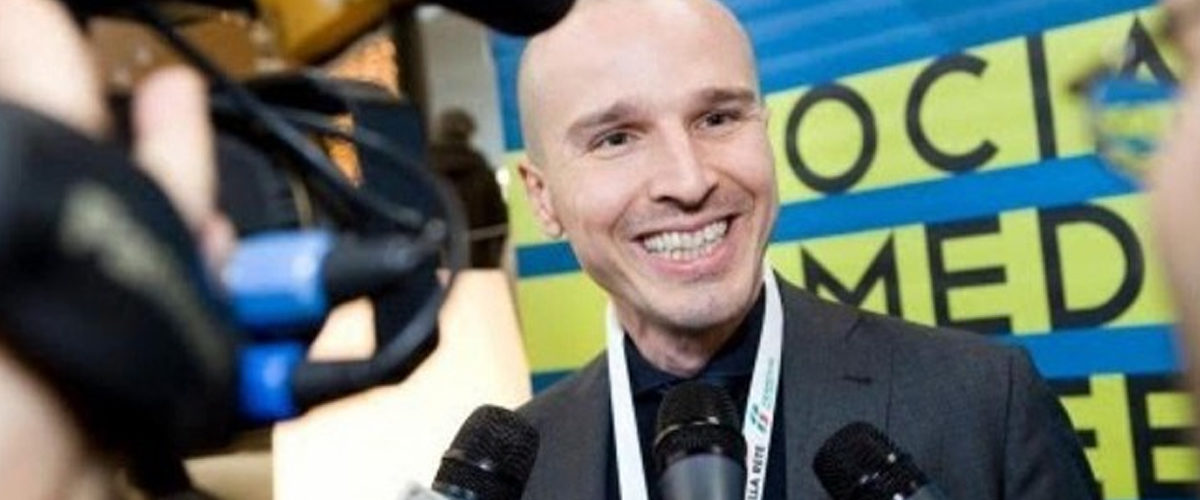Your audience is filled with 4 different member types of thinkers: analytical, structural, social, and conceptual.
It’s your job to make your presentations appeal to all four. Like any other accomplishment, appealing to all four thinkers will involve research, namely research about how each thinker thinks. We, at our Presentation Agency, have looked into inc.com’s recent series of articles on leadership and compiled a rudimentary set of instructions to appeal to each thinker by analyzing the essentials that make up the foundation of each form of thought.
Analytical
Here’s how you can be sure to draw out your analytical-thinking audience:
- Show your research.
- Highlight important data from within the research.
- You need to show the big picture, not just the details.
- Provide a case study.
- Analyze past successes to allow your team to develop new ideas.
- Provide an overview as well as objectives.
- Clarity about your needs is critical.
- Quantify everything
- Use analytical phrases like:
-
- What is the cost/benefit of this project?
- What does the research say?
- I’ve been analyzing the situation.
-
Structural
So here’s how to communicate in aims to draw out your structural-thinking audience:
1. First, it’s important to understand that a structured thinker learns by doing
2. Next, provide plenty of “how-to” points
3. Hand out a step-by-step implementation plan and a guide for how things need to be done.
4. Explain through practicality.
5. Communicate in concrete terms and explain the rules.
6. Be very detailed.
Social
- Here’s how you can be sure to draw out your socially oriented audience:
- Don’t be afraid to refer to feelings.
- Use questions like:
-
- “How does that appeal to you?”
- “How are you feeling about this?”
-
- Or statements like:
-
- “I’m concerned about how others will react.”
-
- Show a personal connection.
- Phrases that evoke this:
-
- “Let’s work through this together.”
- “Is everyone on the same page?”
-
Conceptual
Here’s how you can be sure you speak and interact conceptually to draw out your conceptual-thinking audience:
- Think long-term; Where do we want to be in 5 years? You can always fill in the details and short-term afterward
- Describe the levels or stages of your plans or ideas
- Use abstract examples or metaphors
- Define key terms
Thinking through this form of audience analysis will allow you to maximize the research for PowerPoint presentation, which will in turn lead more sales!
References:
Browning, Geil. “Why Being Social Makes You a Better Leader.“ inc.com. July 15, 2013.
Browning, Geil. “Why Steve Jobs’ Exactitude Mattered as Much as His Vision.“ inc.com. May 16, 2013.









